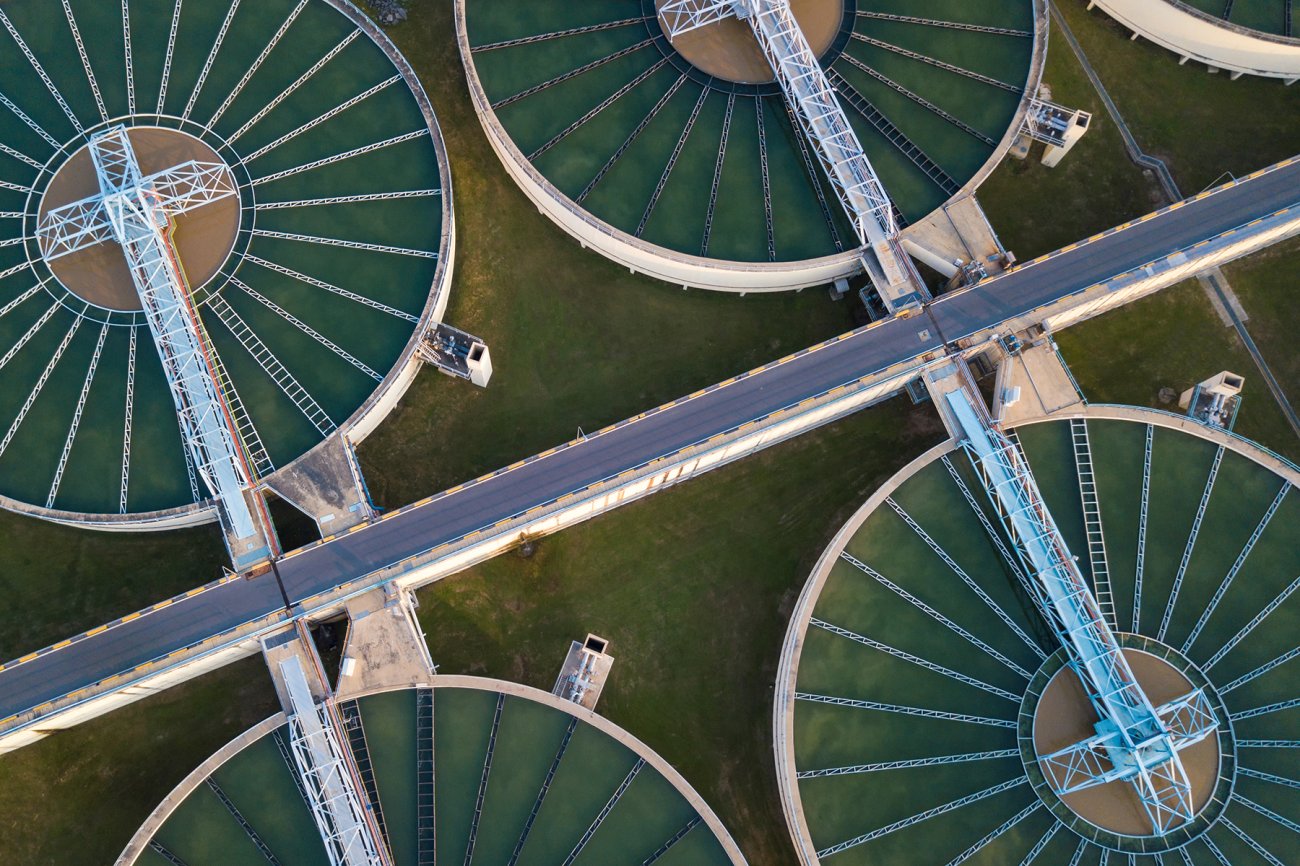The Ultimate Guide To Reclaim Waste
The Ultimate Guide To Reclaim Waste
Blog Article
Some Known Details About Reclaim Waste
Table of ContentsReclaim Waste Fundamentals ExplainedThings about Reclaim WasteAn Unbiased View of Reclaim WasteExamine This Report on Reclaim WasteThe 3-Minute Rule for Reclaim Waste
Discover the kinds, incidents, and forms of liquid waste. Domestic sewage waste refers to the waste and items from a domestic sewage-disposal tank. This sort of waste is developed by humans in residences, institutions, and various other structures. This only includes septic systems that have a drain area. The proper management and disposal of residential sewer waste call for liquid waste to be moved to a sewage treatment plant where the proper approaches and equipment are put on purify and take care of waste.
Business waste often includes possible dangers, such as combustible products or a mixture of liquid and strong waste items, and requires an advanced and thorough disposal process. The disposal of commercial waste normally includes the purification of waste before transport to ensure safe and proper disposal. Hazardous waste is created from byproducts and overflow of industrial processes and production.
This type of waste can not make use of the same sewer monitoring transportation or processes as septic or commercial liquids. The industrial waste monitoring process requires the inspection and screening of liquid waste before it undergoes the disposal process (liquid waste disposal melbourne). Runoff waste is the fluid waste that originates from runoff and excess stormwater in very inhabited areas or cities
Drainage waste can cause contamination and flooding if not dealt with appropriately. Guaranteeing correct waste monitoring can avoid catastrophes and minimize ecological damage.
See This Report about Reclaim Waste
Contact PROS Solutions today to find out about our waste administration and disposal solutions and the correct means to take care of the fluid waste you generate.
(https://reclaim-waste.jimdosite.com/)Do you recognize what happens to your water when you disengage, purge the toilet or drain the washing device? No? Well, it's worth understanding. This so-called 'wastewater' is not just a vital resource but, after therapy, will certainly be launched to our land, rivers or the sea. Used water from bathrooms, showers, baths, kitchen sinks, laundries and commercial processes is called wastewater.

water used to cool machinery or tidy plant and equipment). Stormwater, a form of wastewater, is runoff that flows from farming and urban locations such as roofs, parks, gardens, roads, paths and rain gutters into stormwater drains pipes, after rainfall. Stormwater streams neglected directly to neighborhood creeks or rivers, eventually reaching the ocean.
A Biased View of Reclaim Waste
In Queensland, the majority of wastewater is treated at sewer treatment plants. Wastewater is transferred from domestic or commercial sites through a system of sewers and pump terminals, recognized as sewage reticulation, to a sewage treatment plant. City governments build, preserve and operate most sewage therapy plants. Operators are licensed under the Environmental Management Act 1994 to release cured wastewater at an acceptable environmental criterion right into waterways.
The Department of Natural Resources recommends neighborhood federal governments regarding managing, operating and preserving sewage systems and treatment plants. In unsewered areas, city governments may call for homeowners to mount specific or family sewage therapy systems to deal with residential wastewater from bathrooms, kitchens, bathrooms and washings. The Division of Natural Resources authorises the usage of household systems when they are confirmed to be effective.
In some brand-new class, therapy of some stormwater to eliminate trash, sand and crushed rock has started utilizing gross toxin traps. Wastewater therapy occurs in four phases: Removes solid issue.
Uses small living organisms knows as micro-organisms to resource damage down and remove staying dissolved wastes and great fragments. Micro-organisms and wastes are included in the sludge.
Getting The Reclaim Waste To Work
Nutrient removal is not offered at all sewer treatment plants because it requires costly specialist devices. Clear fluid effluent generated after treatment may still contain disease-causing micro-organisms - industrial wastewater treatment.

This usually implies wastewater has actually to be treated or impurities removed before it can be discharged to rivers. Most wastewater streams right into the sewage system. Under the Act, city governments provide authorizations and permits for eco relevant tasks (ERAs) including wastewater releases that could have a neighborhood effect. The division provides authorizations and permits to ERAs involving wastewater releases that might have a local or statewide influence.
Top Guidelines Of Reclaim Waste
Or else, examples are taken for lab evaluation. Often numerous tests are required to develop the levels of each of the various contaminants such as oils, hefty metals and chemicals in water. Surveillance supplies accurate information about water high quality and can confirm that licence problems are being satisfied. The information gotten through surveillance offers the basis for making water high quality decisions.
Report this page